Left Communism and Trotskyism: A Roundtable (2007)
The following is a round-table which took place in March 2007. The common thread is the question of whether the terms of the debate emerging from the years 1917-1923, codified today in different variants of "left communism" and "Trotskyism" have any practical meaning today. Three of the participants (Loren, Amiri and Will, live in the U.S.; the fourth, Yves, lives in France. We decided to make the proceedings public in hope that they are of use to others interested in these questions.
You are familiar with James's rather unusual take on the Russian Revolution and its aftermath, expounded here but actually stated better in his masterpiece Notes on Dialectics (which I highly recommend). For James, Lenin was almost a spontaneist, a party-builder yes, but after he bit the Hegelian apple in 1914, was in another universe from What Is To Be Done?, which he repudiated ca. 1909 (following the events of 1905). James sees TROTSKY as the problem, for having continued Lenin's pre-1917 conceptions into the new period in which they were superseded (all this is laid out in the two texts on James on my web site http://home.earthlink.net/~lrgoldner). For James, bureaucratic capitalism after the defeat of the Russian Revolution teaches "everyone" the truth of capitalism, so the party is no longer necessary, as witnessed by Hungary '56, France '68 and Poland 80-81. It's so simple it's charming, I guess. But the Marxist organization, for reasons never explained well, is still necessary, not to organize the workers, mind you, but to organize the Marxists. This is (as I say in those two texts on my web site Break Their Haughty Power) where they lose me, namely saying on one hand that the "whole class has become (and therefore superceded) the party" but at the same it is necessary to organize the Marxists because the working class needs them. For what?
But again, I digress. What I really wanted to write you about is my inability, 90 years on, to shake free of the Russian Revolution. Symptoms: in Ulsan (South Korea) in December, the worker group there asked me to speak on the differences between Rosa and Lenin, which I did (not terribly well, and with a very mediocre interpreter). In no time we were deep into a two-hour discussion of what happened in Russia in the 20's (the agrarian question). And this was not some cadaverous nostalgia piece as might be served up at an Spartacist League meeting, but with intense back-and-forth and questions and furious note-taking. The point is that no matter where you start out, somehow the question of "what went wrong in Russia" comes front and center. (In January, the Kronstadt debate erupted in Korea. A leading member of the British SWP-affiliated All Together group published a large theoretical work with a defense of Trotsky. This resulted in more "hue and cry over Kronstadt" in the press.
Is this just me or is it still contemporary reality?
ALSO SEE
Trotskyist Cults
LaRouche Takes Over Vive le Canada
Fukuyama Denounces War In Iraq
IWD: Raya DunayevskayaBlack History Month; C.L.R. James
Bureaucratic Collectivist Capitalism
State Capitalism in the USSR
Red Baiting Chomsky
TrotskyismTrotskyist
Find blog posts, photos, events and more off-site about:
Schactman, Burnham, neo-conservatives,, Fourth International, Trotsky, Trotskyists, Trotskyite, Trotskyism, neo-conservatives,
CLR James, Marxism, Trotskyism, Caribbean, Pan-Africanism, radicals, The Black Jacobin's, cricket, writers, Marxists, socialists, black, black history month,state capitalism, USSR, Russia, Trotsky, Fourth International, Lenin, Anarchism, Anarchist, Bureaucratic Collectivism, Schactman, CLR James, Rosa Luxemburg, Time, 1931, Soviet Union, Bolsheviks, OttoR uhle, Council Communists, Left Communists,


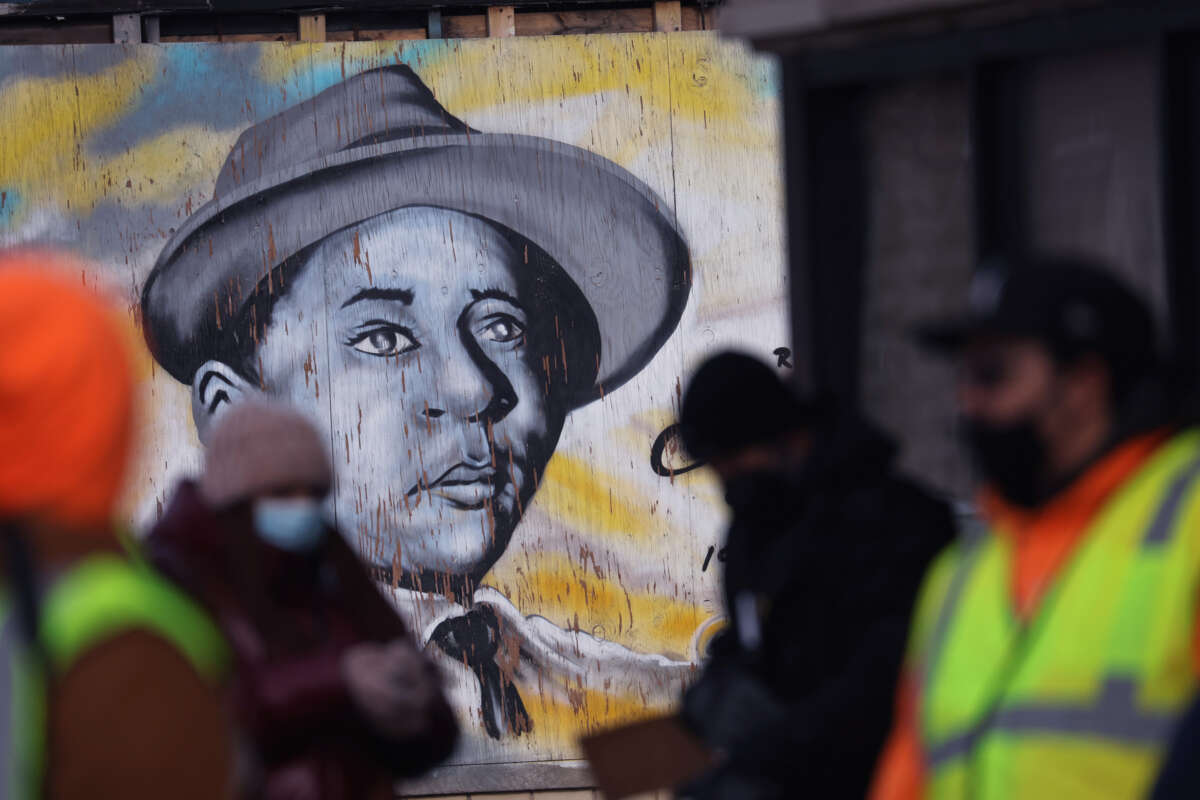
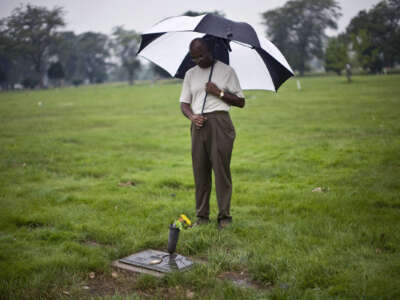
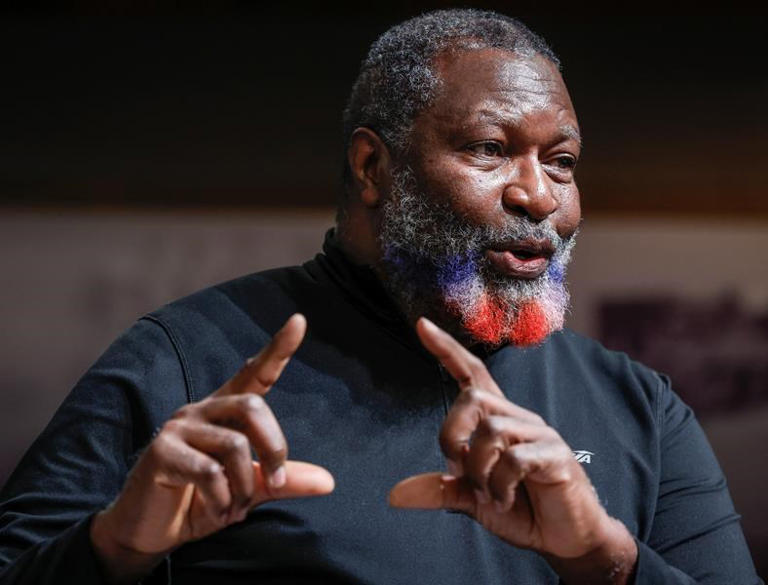




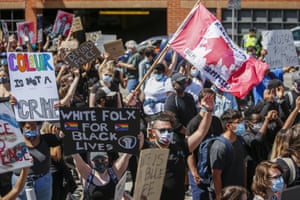
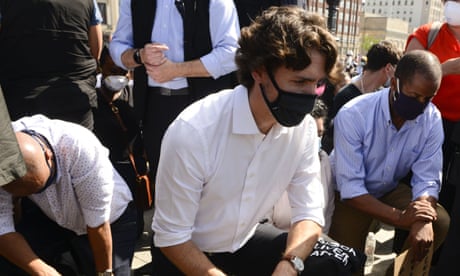
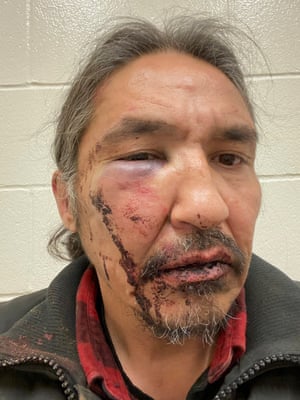
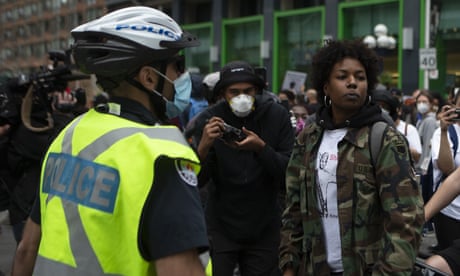





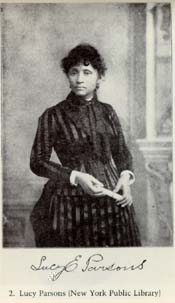



 © Provided by Refinery29
© Provided by Refinery29